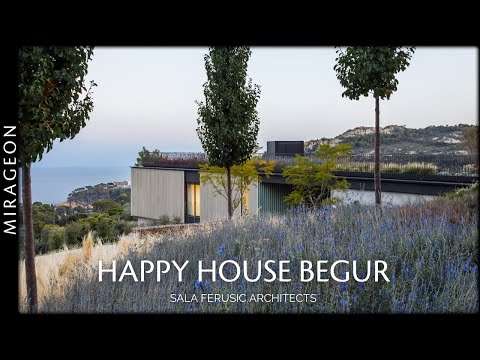Tadelakt, or traditional Moroccan plaster, brings texture and earthiness to these homes.

You’ve heard of stucco, and perhaps Venetian plaster, but you may not know about the traditional Moroccan plaster technique, tadelakt. Tadelakt is a waterproof plaster originally used in the baths and sinks of historic Moroccan homes and palaces, or riads, and its word origin, which means “to rub” in Arabic, hints at its labor-intensive application. Typically comprising three elements (lime plaster, natural soap made from olives, and sometimes marble or limestone sand as aggregates), the mixture creates a chemical reaction that produces a waterproof barrier. The paste is applied to surfaces and then polished by hand with a stone or other hard object, creating a beautiful, seamless surface that can form just about anything you can imagine, from undulating curves to sharp, tight corners. The finished product has a lovely, subtle texture and is a durable surface that, if treated properly, can last year after year. Below, we round up some applications spanning bathrooms, kitchens, and living rooms.
A Tucson Midcentury Gets a Surgically Precise Revamp

The bathroom of a Tucson territorial-style midcentury features tadelakt walls done by a talented local craftsman and Neolith floors. The tub, from Blu Bathworks, sits on a Douglas fir base, so as to look as though it’s floating. Douglas fir wood was used to match the original wood in the home. “Similar to the rest of the home, we wanted to keep the space minimal and austere in design, yet highly functional,” says architect Darci Hazelbaker. “With the additional square footage gained from the closets, our intention was to allow that additional space to stay ‘empty.’”
Photo: Logan Havens
A Renovated Apartment in an 18th-Century Sicilian Building Pays Homage to the Sea

A beautifully renovated apartment in the capital of Sicily echoes the colors and textures of the sea. The bathroom in particular evokes water, with textured tadelakt cement and Wet System Wall & Deco wallpaper.
Courtesy Giovanni Costagliola
A Concrete Addition Caps a Photographer’s Georgian-Style Home in London

In the bathroom of a London home, architects Archer + Braun implemented a Moroccan plaster technique and found an installer who specializes in tadelakt. “Tadelakt also has a nice tactile quality, is slightly textured, and just off-matte, so it reacts well to natural light,” says cofounder Stuart Archer.
Photography David Barbour
See the full story on Dwell.com: 7 Moroccan-Style Spaces With Tadelakt Accents





